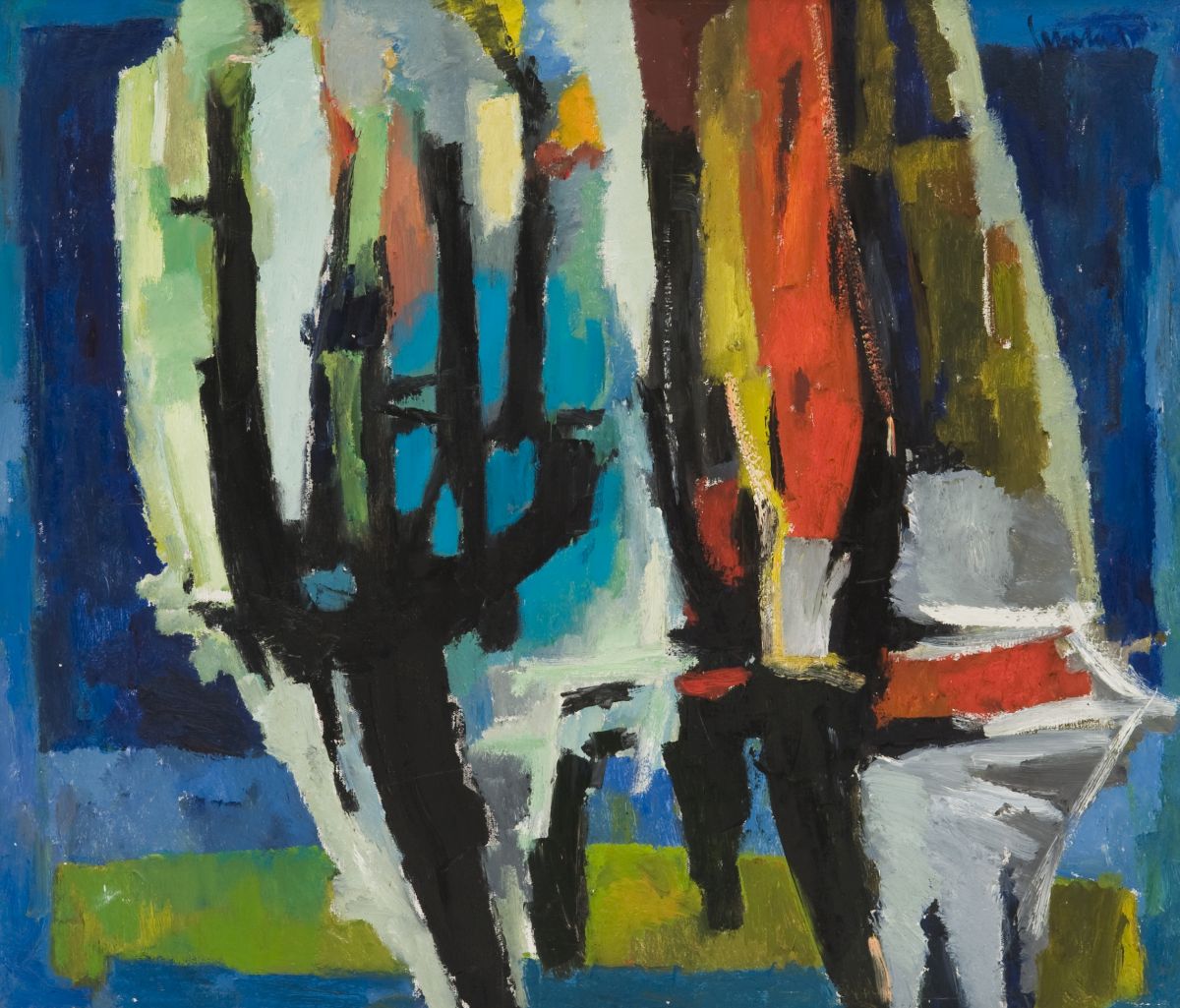During the Soviet period, painting was the most progressive field of art and the one that attracted the most attention from the government. The Painting Section of the Artists’ Union, charged with overseeing the activities of painters, organised reviews of sketches, pre-exhibition discussions and called artists to meetings to receive instruction on creative objectives dictated by the USSR Artists’ Union and the Lithuanian Communist Party (LCP) Central Committee.
Nikita Khrushchev’s “de-Stalinisation” policies permitted painters to reject the Stalinist socialist realist model and revive painting styles based on modernist traditions and individual creativity. After the Prague Spring of 1968, the regime returned to more severe measures of control and continued to publicly espouse the authority of communist ideology up to the start of Mikhail Gorbachev’s “perestroika” policy, although most people had stopped believing in the party’s empty promises. The schizophrenic condition of society during the years of stagnation was also reflected in art. In the 1960s, painting had become divided into official and unofficial work, but Soviet rulers in Lithuania, as in the other two Baltic countries, persisted in their attempts to legitimise the work of less obedient artists, continuously expanding the permissible limits of official culture. Unofficial works of art, stored in workshops and shown only to close friends, were not so much a form of resistance as a niche for adaptation and survival. Nevertheless, exhibitions of such works organised after 1990 (in the Lietuvos Aidas Gallery, at the Contemporary Art Centre, and elsewhere) testified to the fact that visual artists, unlike writers, had quietly created interesting and valuable works of art during the Soviet period.
The period of modernisation of painting styles that had begun in the late 1950s was quickly overshadowed by an artistic shift toward (art) history, back to historical painting styles, traditional narratives and even reproductions, or sometimes ironic recreations, of specific works of art. The aspiration for autonomy in painting and independent aesthetic values was accompanied by attempts to destroy such measures. Having experienced a temporary demise in the last decade of the 20th century, this field of art was once again revived in this century — as “painting after painting” and painting with the assistance of mechanical aids.




Comments
Write a comment